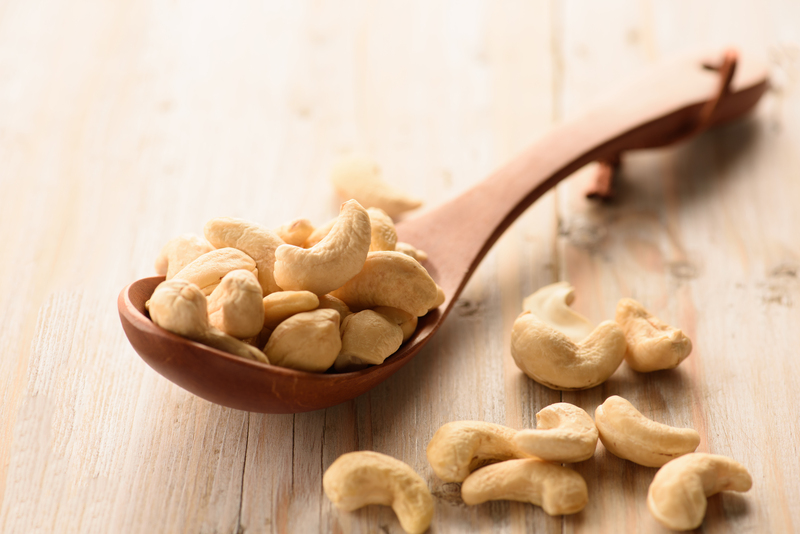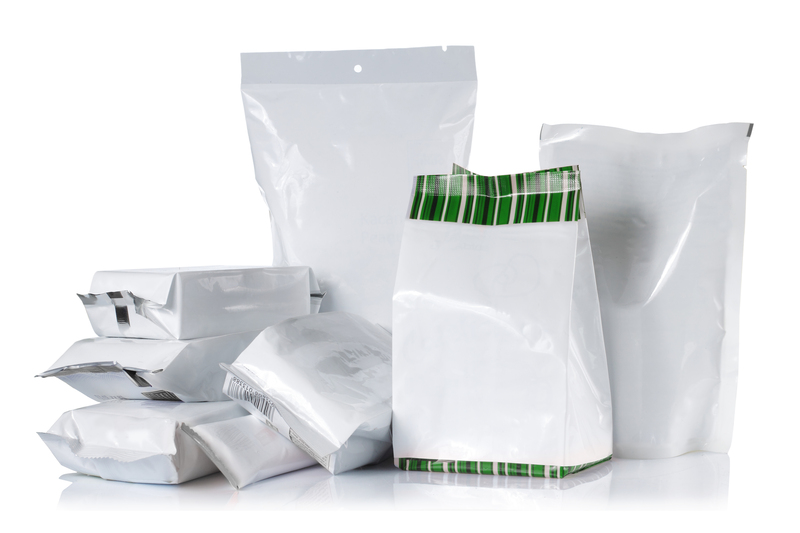Introduction: Why Responsible Cookware Disposal Matters
The quest for the perfect meal often means collecting a variety of cookware--from cast iron skillets to nonstick frying pans and stainless steel pots. Eventually, even the best-loved items wear out or get replaced. But what happens to your old pots and pans? Navigating the world of cookware disposal is more important than ever, with sustainability at the forefront of home management. Disposing of cookware responsibly can help minimize environmental impact, declutter your kitchen, and even give new life to your retired kitchenware.

Types of Cookware and Their Environmental Impact
Common Cookware Materials
- Aluminum - Lightweight, affordable, and recyclable in many areas.
- Stainless Steel - Durable, rust-resistant, and highly sought after for recycling.
- Copper - Excellent heat conductor but can be more challenging to recycle due to mixed metals.
- Cast Iron - Incredibly long-lasting, often repairable, and desirable for metal scrap recycling.
- Nonstick (Teflon-coated) - Often contains chemicals like PTFE, complicating recycling efforts.
- Ceramic - Sometimes recyclable, but many municipal programs do not accept ceramics.
- Glass - Can be recycled in some places, but only if free from non-glass attachments.
Why Cookware Can Be Problematic for Landfills
The most significant challenge with cookware disposal is that most items are made from mixed materials--metal, plastic handles, wooden knobs, or glass lids. These mixed materials make traditional recycling routes complicated. Carelessly tossing pots and pans into the trash contributes to landfill overflow and wastes valuable resources that could be reused or recycled. By understanding your disposal options, you take an active role in environmental stewardship.
Step-by-Step Guide to Proper Cookware Disposal
1. Evaluate the Condition of Your Old Cookware
- Is it still functional? - If your cookware isn't warped, chipped, or scratched, consider alternatives to disposal such as resale or donation.
- Is it safe to use? - Nonstick pans with flaking or peeling coatings should be taken out of circulation due to health concerns.
2. Explore Donation and Reuse Options
Giving cookware a second life is always more sustainable than tossing it. If your pots and pans are still usable:
- Donate to charitable organizations: Homeless shelters, thrift stores, and community kitchens often accept gently used cookware.
- Offer to friends and family: Someone moving into a new place might appreciate your extra pots and pans.
- Online marketplaces and 'Buy Nothing' groups: Platforms like Craigslist, Facebook Marketplace, or local Buy Nothing groups are great for gifting or selling still-useful items.
3. Recycling Old Cookware: What You Need to Know
Recycling cookware isn't as simple as tossing it in your curbside bin. Many municipalities do not accept cookware due to the risk of mixed materials or coatings interfering with processing. Here's how you can approach recycling:
- Contact local scrap metal yards - Most metal pots and pans, regardless of coating, can be accepted at scrap yards. Even nonstick pans are often taken as scrap metal after handles are removed.
- Check with municipal recycling centers - Some facilities hold special events or have designated bins for hard-to-recycle items like cookware.
- Retail trade-in programs - Certain retailers offer recycling programs, taking back your old cookware when you purchase new items.
Remember: Remove all non-metal parts (handles, knobs, etc.) before recycling metal cookware, as these can contaminate the recycle stream.
4. Upcycling and Creative Repurposing
If your old pots and pans are beyond repair but you're feeling creative, upcycling is a fun option:
- Planters for herbs or flowers
- Birdbaths or bird feeders
- Wall art or organizers
- Serving trays (after thorough cleaning)
Get creative! A fresh coat of paint can turn a dull frying pan into a decorative piece for your garden or kitchen wall.
Special Considerations for Nonstick and Specialty Cookware
Nonstick Cookware Disposal
Nonstick pans present unique challenges due to their Teflon (PTFE) coating, which cannot be recycled in standard metal recycling streams. Proper disposal of nonstick cookware may require additional steps:
- Separate nonstick pans from regular scrap metal
- Check for local hazardous waste collection events
- Look for brand-specific recycling initiatives: Some manufacturers now offer recycling programs for their own nonstick products.
Never burn or incinerate nonstick cookware, as the fumes can be hazardous.
Glass and Ceramic Cookware Disposal
Many municipal recycling centers don't accept ceramic or glass cookware. These materials have different melting points and compositions from standard glass bottles or jars. Consider:
- Contacting specialized recycling centers that process ceramics and glass bakeware
- Donating unchipped or uncracked items to charity or resale shops
- Repurposing as garden markers or storage in your own home
Eco-Friendly Disposal Alternatives and Innovations
As sustainability becomes a priority, eco-friendly cookware brands and disposal practices are evolving. Consider these innovations when retiring or purchasing cookware:
Manufacturer Take-Back Programs
- Some premium brands now accept their old products back for responsible recycling or refurbishment. Check brand websites for details.
- Retailers like Sur La Table, Williams Sonoma, or Home Depot occasionally run trade-in programs encouraging cookware recycling.
Materials That Simplify Cookware Disposal
- Single-material cookware (like all-metal cast iron or stainless steel) is far easier to recycle than pieces with plastic, silicone, or wooden elements.
- Glass and ceramic cookware are best disposed of through donation or specialty recycling depots.
Innovative Recycling Programs
Some municipalities periodically organize hard-to-recycle drives--ideal opportunities for disposing of challenging cookware types. Meanwhile, third-party recycling organizations like TerraCycle can accept certain hard-to-recycle kitchenwares in their specific collection boxes.
Tips to Prolong the Life of Cookware and Reduce Waste
Before you face another cookware disposal dilemma, consider ways to extend the lifespan of your kitchen investments:
- Follow manufacturer care instructions: Proper cleaning and seasoning (especially for cast iron) can dramatically prolong the usability of pans and pots.
- Avoid metal utensils with nonstick finishes: This prevents scratches and early wear.
- Invest in higher-quality pieces: While pricier up front, they often last much longer and are easier to repair or recycle.
- Store cookware properly: Hanging racks or protective pan separators reduce damage from stacking.

Frequently Asked Questions (FAQs) on Cookware Disposal
Can I put old pots and pans in my recycling bin?
Rarely. Most curbside programs reject cookware due to mixed materials and coatings. Contact your local waste management provider for guidance.
Are there hazardous materials in cookware I should worry about?
Yes, certain nonstick coatings and anodized finishes can contain chemicals. If in doubt, seek out hazardous waste collection programs or manufacturer take-back initiatives.
Where can I donate old cookware?
Many thrift stores, women's shelters, and local charities accept gently used kitchenware. Always check their condition requirements before donating.
Can I recycle cookware with plastic or wooden handles?
Only after removing non-metal parts. Most recycling centers require pans to be stripped down to bare metal.
What's the most sustainable way to dispose of cookware?
Reuse or donation comes first, followed by recycling, and finally, as a last resort, safe disposal in landfill or hazardous waste streams.
Conclusion: Responsible Cookware Disposal Starts at Home
Navigating the world of cookware disposal can seem daunting at first, given the diversity of materials and disposal options. However, making informed choices helps you cut kitchen clutter and contribute to a more sustainable future.
Start by evaluating the condition of your cookware, and look for opportunities to reuse or repurpose items before seeking out recycling options. When recycling isn't an option, tap into community resources or manufacturer programs to ensure responsible disposal. Remember, your choices in the kitchen--both in cookware selection and in disposal--make a lasting impact on the planet.
Take Action Today:
- Audit your kitchenware regularly to minimize unnecessary accumulation.
- Share this guide with friends and family to encourage eco-friendly cookware disposal habits.
- Stay informed about local recycling and upcycling programs in your area.
By navigating the world of cookware disposal thoughtfully, you become part of the solution--building healthier homes and a cleaner world, one piece of cookware at a time.